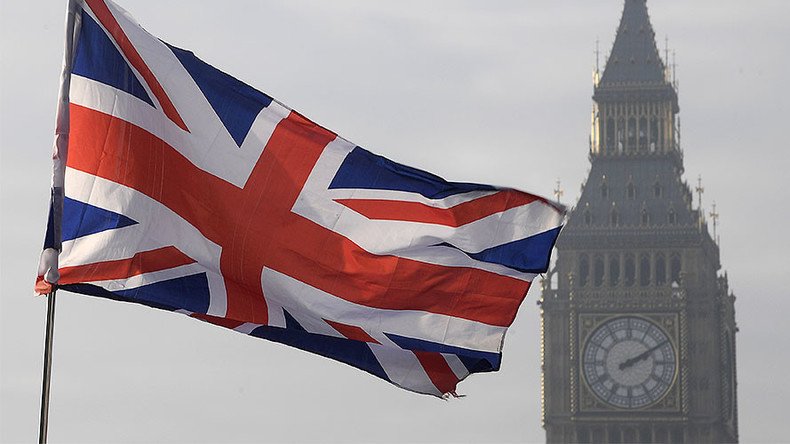More govt cuts ordered despite UK public services being at ‘tipping point’

Government departments have been ordered to find extra spending cuts from their day-to-day budget in order to save £3.5bn by 2020.
David Gauke, the chief secretary to the treasury, sent a letter to all departments of the government, demanding up to six percent cuts in their daily spending in an effort to save £3.5bn ($4.3bn) over the next three years.
Gauke argued that the government’s priority is delivering public services “in the most efficient way possible.”
“There has been considerable progress, but there is further to go and the whole of government is working together to consider how we can live within our means while delivering maximum value for every pound of taxpayers’ money,” he added.
The new plans envisage reinvestment of approximately £1bn in “priority areas.”
However, the Treasury reaffirmed that the government will continue to allocate two percent of GDP to the military. The new cuts to British public services will also not affect financial aid to foreign nations which is currently worth 0.7 percent of GDP.
The National Health Service and core school budgets, which do not cover funding for 16- to 18-year-olds, are also excluded from the new austerity measures.
According to the Institute for Fiscal Studies, however, overall government spending on pupils is still likely to decrease by almost 6.5 percent by 2020.
The call for more austerity measures comes after a report compiled by the Institute for Government, an independent think tank, stated that British public services are at “tipping point” after a decade of budget cuts.
“As we’ve seen with prisons, social care and now potentially hospitals, the Government risks getting into a cycle of crisis, cash, repeat. This report is not a call for more money. It is a call for better financial planning and reforms that are robust enough to survive public scrutiny,” Julian McCrae, the institute’s deputy director, stated.
“It is fundamental to increasing the effectiveness of these public services that ministers, officials and the public know how well Government is performing, and use this information to guide decisions.”
Chancellor of the Exchequer Philip Hammond has also come under fire by the opposition for “sneaking out… more Tory austerity.”
Gets more like 1984 every day. #Tories now denying we had any significant austerity over last 7 years. #bbcdp
— Martin Hamer (@martinjhamer) 28 February 2017
Last November, Hammond first announced that the Treasury will pursue £3.5bn of further savings by 2020. More austerity measures are likely to be confirmed on March 8, when the Treasury will present the government’s annual budget.
Shadow Chancellor John McDonnell criticized these plans as the continuation of a failing austerity strategy.
“Hammond urgently needs to explain why this announcement was made in the way it was and why after seven years of failed austerity he thinks more of the same will now work,” McDonnell said.
The share of GDP that the government has been spending on public services has steadily declined from 45 percent in 2010 to a projected 40 percent this year.













